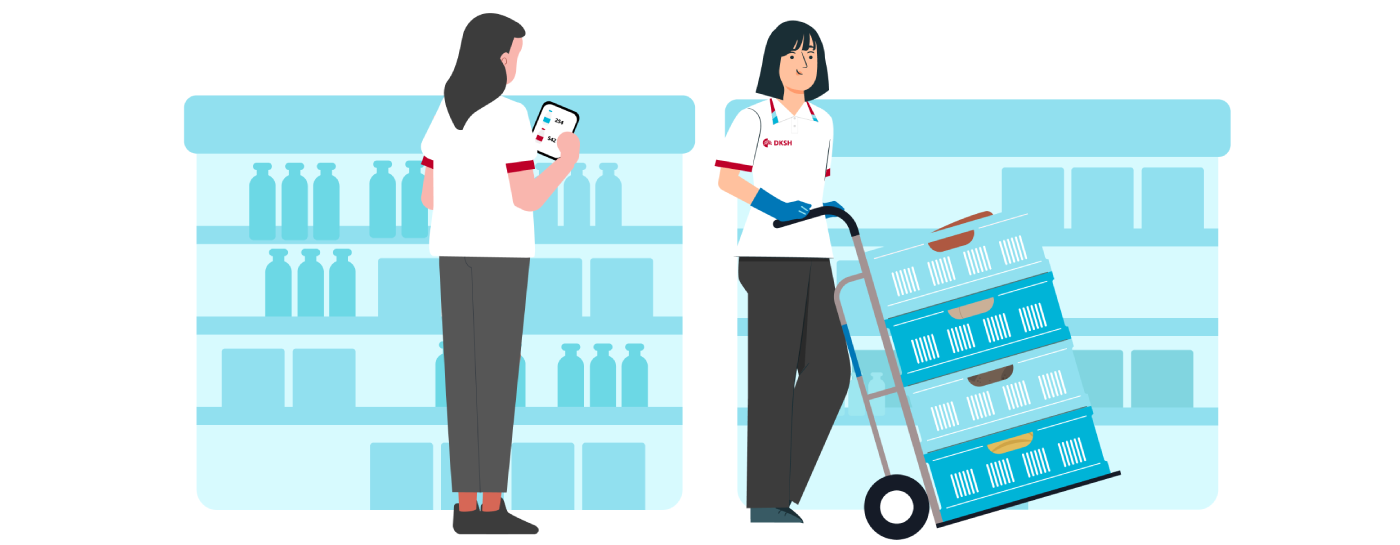In the ever-evolving retail landscape, adaptability is key. We understand that today's consumers crave more than just products; they crave experiences.

From thematic designs that transport shoppers to interactive displays that spark joy, we can craft environments where brands come to life. By strategically placing high-demand items and leveraging consumer insights, you can turn browsing into buying and transactions into transformations.
A key objective of store layout and design is to maximize product exposure and accessibility. We will delve into strategies for strategically placing high-demand and impulse items to increase visibility and encourage purchases.
Creating a Shopping ExperienceToday’s consumers seek more than just transactions; they seek experiences. An effective store design can create an immersive shopping experience. For instance, thematic designs, interactive displays, and lifestyle setups can engage customers and make shopping more enjoyable. These experiences can reinforce the brand image and create emotional connections with customers.
Influence on Shopping Behavior and Decision-MakingStore layout and design can subtly influence shopping behavior and decision-making. A well-thought-out layout can lead customers to spend more time in the store, discover new products, and make unplanned purchases. For example, placing complementary products near each other can encourage cross-selling.
Adapting to Consumer Trends and ExpectationsConsumer trends and expectations constantly evolve, and store layouts must adapt accordingly. This could mean integrating technology for a more connected experience, redesigning spaces to address health and safety concerns (as seen during the COVID-19 pandemic) or aligning with sustainability practices.
The Role of Technology in Store DesignTechnology plays an increasingly important role in-store design. Digital signage, interactive kiosks, and augmented reality (AR) are being used to enhance customer engagement, provide product information, and even offer personalized recommendations.
Evaluating the Effectiveness of Store Layout and DesignThe effectiveness of store layout and design can be evaluated through metrics such as foot traffic, dwell time, conversion rates, and sales data. Customer feedback and shopping behavior analytics also provide insights into the performance of the store design.
Designing an effective FMCG retail store layout has its challenges. Retailers must balance aesthetic appeal with functionality, ensure that the layout aligns with their brand identity, and cater to their target audience's diverse needs and preferences. Additionally, they must be mindful of costs and practicality.